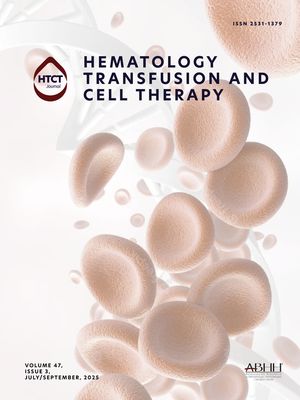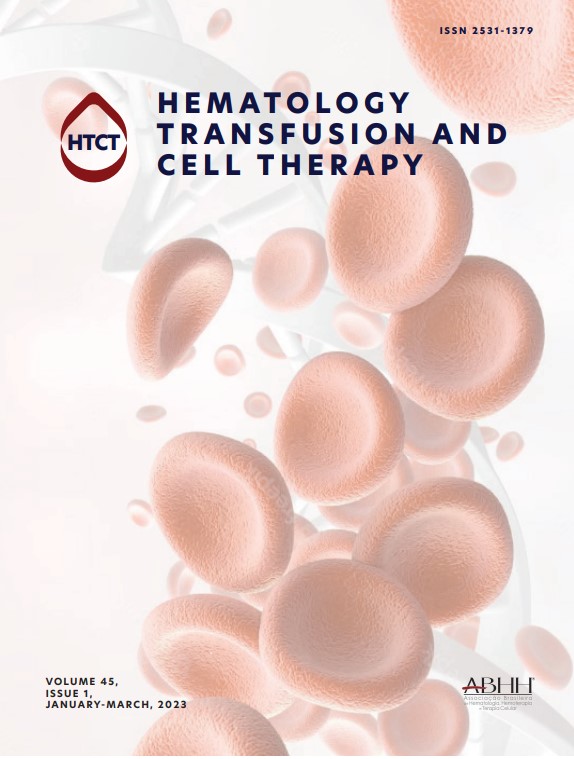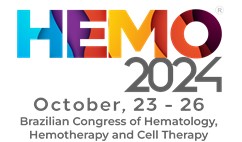
XVI Eurasian Hematology Oncology Congress
More infoImmune Thrombocytopenia (ITP) is an autoimmune disease characterized by isolated thrombocytopenia and normal to large platelets in the peripheral blood smear. It is an autoimmune disorder that leads to peripheral platelet destruction and decreased platelet production. Romiplostim, a peptide-antibody fusion product, is a thrombopoietin receptor agonist indicated for use in patients with ITP. Romiplostim is indicated for patients with ITP who have had an inadequate response to first-line therapy. Side effects of the drug include increased bone marrow reticulin, reversal of severe thrombocytopenia, thrombocytosis and increased immunoblast proliferation. In this case report, we present a patient with ITP refractory to first-line therapies who was admitted to the intensive care unit for thrombocytosis and haemothorax after a single dose of Romiplostim.
CaseA 34-year-old female patient, who had been followed in the hematology clinic for ITP for approximately 5-years, was admitted to the clinic because of deep thrombocytopenia and deep anaemia due to menometrorrhagia. On admission, the platelet count was 2000 (10³/µL) and the hemoglobin level was 5.4 g/dL, and she was taking eltrombopag 75 mg at the time of admission. He was tachycardic and hypotensive and was given erythrocyte suspension. Clinical and radiological examination revealed no bleeding foci other than menstrual and oral mucosal bleeding. The patient was treated with steroids, IVIG and rituximab during the follow-up period in the clinic. Despite the treatments given, bleeding control could not be achieved and a single dose of 2 mcg/kg Romiplostim was administered to the patient in the 2nd week of hospitalization. The patient's platelet count began to rise rapidly on the 3rd day after treatment and was measured at 1,650,000 (10³/µL) on the 5th day. At the same time, the patient developed dyspnea and a chest scan was performed, which revealed a hemothorax. The patient was admitted to intensive care. Drainage was performed with a chest tube. Acquired von Willebrand Factor (vWF) deficiency due to thrombocytosis was considered as the cause of the hemorrhage. The vWF level in the blood was found to be low. The thrombocytosis was controlled by platelet apheresis. After clinical improvement, platelet levels were normalized, and the patient was discharged.
ConclusionRomiplostim is a generally well tolerated agent. Current evidence suggests that it increases platelet counts, reduces bleeding, reduces the need for rescue therapy, reduces the amount of corticosteroids required, improves quality of life and, in isolated cases, is associated with remission of ITP. However, it should be used with caution as serious side effects include increased bone marrow reticulin, reversal of severe thrombocytopenia, thrombocytosis and increased immunoblastic proliferation






